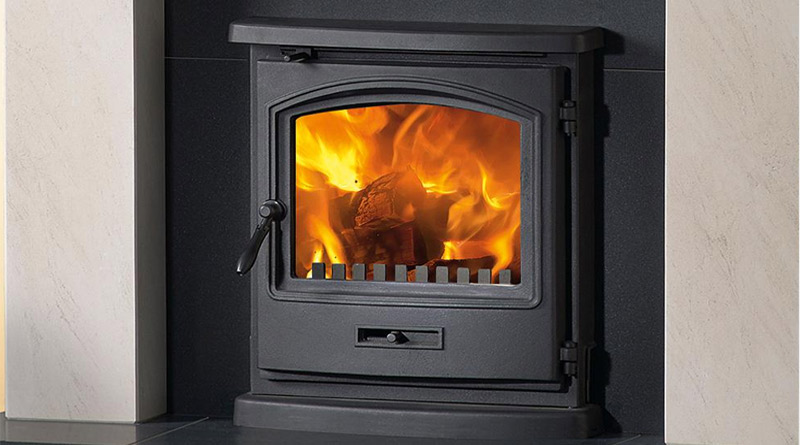Grain stoves – what options are there
Grain stoves offer you the ability to pull away from costly and poor heating furnace and use something that may just put a smile on your face. Most people do not realize that they have other options for their burning needs other than natural gas, propane or oil. Those that do realize that there are options only know of the basics such as wood or wood pellets. Still, there are many more including the very hot burning products of wheat, rye and corn.
Why Use Grain?
Grain stoves offer the ability to burn other fuels. These fuels are often more capable of cutting your costs to heat your home. By using products other than wood, you get more heat from a smaller amount of product. And, you can often find these alternative fuels for a much lower price than that of wood as well. Wood pellets are a good choice for many, but for your grain stove, consider other options such as these.
- Wheat: Grain stoves that burn wheat are able to burn at about 505,000 BTU’s. You get 60 pounds per bushel.
- Corn: One of the most popular of the grain choices, corn can provide excellent heat at a low cost. You will get 500,000 BTU’s. This is from a 56 to 60 pound bushel. The corn that is used should be shelled corn that is dried to 12-18% to get this rate.
- Rye: Another uncommon choice, rye can provide a good amount of heat. It can provide 505,000 BTU’s for a 60 pound bushel.
What do these alternative stoves provide for me?
Grain stoves are capable of heating most homes. They provide enough heat to replace your furnace. You may need to keep your natural gas, oil and propane to heat your hot water tank and to keep your appliances running. But, for heat, you can count on a grain stove. Some of the best stoves will burn and heat up to 3500 square feet or more. When selecting your grain stove, make sure you compare them. You should know which ones will provide the most efficient heat, which should be provided to you on the manufacturer’s website. Also, take a look at the hopper size. This is the location that the grains will be stored until they are needed to be burnt. Those that are small will only hold enough for one day while larger units will provide for a fill twice per week. This is dependant on your heating demands as well as the stove’s abilities. Lastly, when considering grain stoves to lower your heating bills, make sure that you have the grains readily available to you. You should also compare the price of those grains as compared to the price of your other heating methods. You will find it beneficial to use a renewable, clean burning fuel such as corn, wheat or rye to heat your home. Purchasing the right grain stove will make all the difference in the quality of heat in your home.

